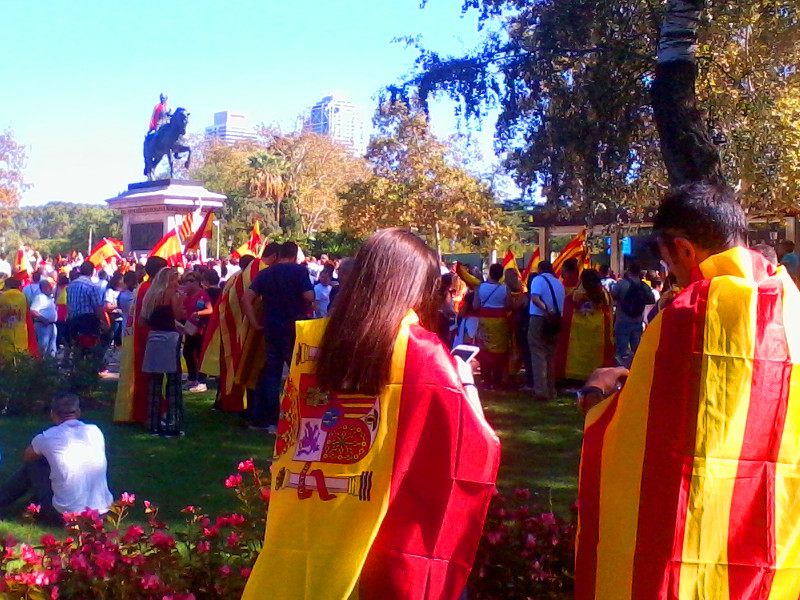An exposition of the current regulatory travails of Britain’s Community Transport sector, with an exploration of the legal possibilities for operating Dial & Ride style community services using vehicles with capacity of no more than eight. This essay provides insight into why there is so little taxi policy locally, and why the British have such a problem with sharing. Continue reading “Dialling a Ride for Eight”
Tag: Law
Absolute Devolution
“Absolute Devolution” is the fourth essay in a sequence that explores the current Catalan independence process. This essay characterises power. Continue reading “Absolute Devolution”
Virtual Property, Rights, Riots and Governance
“Virtual property” popularly refers to virtual goods – items purchased for use or display within virtual worlds, online games, and social networking platforms (like Facebook). The term could equally apply to other cyberspace assets, like land in Second Life or Entropia. Even items acquired through the investment of time or expertise (rather than a specific currency exchange), like my Sea Turtle. If you use such simple definitions, property does not influence rights or governance: The virtual environment doesn’t substantively change anything in law. Contracts can still control the relationship between the people and organisations involved. Copyright still protects the underlying electronic and creative concepts. What’s all the fuss about?
The utopian ideals of some of the early internet pioneers are long since forgotten. More recent debates about the rights of avatars have been steam-rollered under “the tyranny of the End User Licence Agreement” (quoting Andres Guadamuz – although perhaps such an agreement is still more democratic than a unsigned contract with society). So who cares? Continue reading “Virtual Property, Rights, Riots and Governance”
Michael Gazzaniga on the Science of Mind Constraining Matter
 Can neuroscience explain it? You know – consciousness, being, the number 42. And if everything you thought you were transpired to be nothing more than an easily deceived heap of neurons, would that trouble “you”?
Can neuroscience explain it? You know – consciousness, being, the number 42. And if everything you thought you were transpired to be nothing more than an easily deceived heap of neurons, would that trouble “you”?
During October 2009, Michael Gazzaniga gave a fascinating series of Gifford lectures exploring how our brains process the information that gives us our sense of “I”. Gazzaniga drew extensively from neuropsychological studies of people with “split brains” (explained later) to develop the notion of a single “interpreter” within the brain – a part of the brain that analyses all the data available for meaning.
Michael Gazzaniga then attempted to rationalise the interpreter, concluding that our focus should be on the interactions of people, not the brain itself. This logic was then expanded to wider society – social structure, interaction, and law. Those later thoughts raised many more questions than were answered.
This article attempts to summarise the key themes in a non-technical manner, with a few naive attempts to interrogate the theories developed. This is my interpretation of 6 hours of lectures. Interpretation, because I tend to recreate Gazzaniga’s conclusions by re-analysing the information presented. With a complex topic such as this, it is likely that some of my interpretations will differ from his. Sections titled “Interlude” are entirely my analysis. Continue reading “Michael Gazzaniga on the Science of Mind Constraining Matter”

